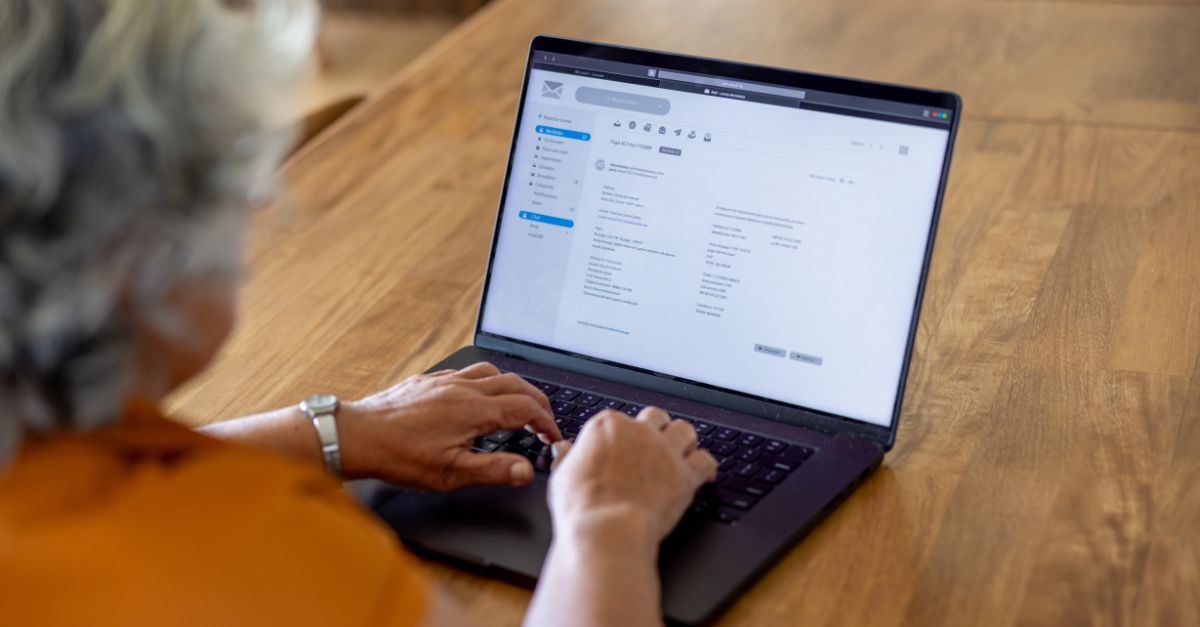Every day, billions of emails flood inboxes around the world; and not all of them are welcome. In fact, according to Valimail, a staggering 91% of cyberattacks begin with a phishing email. That means the inbox isn’t just a communication channel, it’s a battleground for trust.
While email authentication protocols like SPF, DKIM, and DMARC work behind the scenes to verify senders and block impersonators, they’re invisible to the average recipient. And when trust hinges on what people can see, visibility becomes a critical issue. This blog will explain BIMI, how it works, and what IT professionals, email admins, and marketing teams need to implement it.
What is BIMI?
BIMI, or Brand Indicators for Message Identification, is a technical specification for email security and brand visibility. It’s a standard that allows organizations to display their official logo next to authenticated emails in supported inboxes. Think of it as a visual handshake between your brand and your audience. Instead of relying solely on backend authentication, BIMI brings trust to the forefront by showing recipients a logo they recognize and associate with legitimacy.
How Does BIMI Work?
At its core, BIMI builds on the foundation of SPF, DKIM, and DMARC. These protocols confirm that your emails are coming from authorized servers and haven’t been tampered with.
BIMI adds a layer of visual verification. First, you publish a BIMI record in your DNS. Then, you provide a Scalable Vector Graphic (SVG) version of your logo that meets BIMI specifications. When an email lands in a recipient’s inbox, the provider checks your domain’s authentication status. If everything aligns—SPF, DKIM, and DMARC are properly configured and enforced—your logo is displayed. It’s a simple concept with powerful implications.
However, there’s a catch. Some inbox providers, including Gmail and Apple Mail, require more than just BIMI compliance. They demand proof that your logo is legitimate and trademarked. That’s where Mark Certificates come in.
A Mark Certificate is a digital certificate issued by a trusted Certificate Authority such as GlobalSign. It verifies that your logo is tied to a domain with enforced DMARC and meets all the necessary legal and technical standards. Without a Mark Certificate, your logo may never make it to the inbox, even if you’ve done everything else right.
Why BIMI Matters for Your Business
BIMI offers more than just a pretty picture. It’s a strategic advantage. Displaying your logo in the inbox boosts brand recognition and builds instant trust with recipients. It reassures customers that your message is authentic, reducing the risk of phishing and spoofing. And it improves engagement; emails with recognizable branding are more likely to be opened, read, and acted upon. BIMI also reinforces the value of your existing email authentication investments, turning backend security into a front-facing trust signal.
BIMI and VMC: Understanding the Difference
It’s essential to understand the relationship between BIMI and Mark Certificates. BIMI is the open standard, the stage where your logo can shine. A Mark Certificate is a digital credential that enables companies to showcase their trademarked logo in email clients that support the BIMI standard. More than a branding tool, it serves as a visual trust signal, helping recipients quickly recognize authenticated messages and feel confident engaging with them. To qualify for a Mark Certificate, organizations must enforce DMARC policies, which guard against email spoofing and impersonation.
A Mark Certificate is the ticket that gets you on that stage. Without a Mark Certificate, your logo might be stuck in the wings, waiting for an invitation that never comes. That’s why many organizations choose to secure a Mark Certificate as part of their BIMI implementation strategy.
BIMI Requirements - What You Need Before You Start
Before you dive into BIMI, make sure your foundation is solid: You’ll need SPF, DKIM, and DMARC properly configured, with DMARC set to enforcement (quarantine or reject). Your logo must be in SVG format and meet BIMI’s technical requirements. You’ll also need to publish a BIMI record in your DNS. And if you want your logo to appear in major email providers’ inboxes, you’ll likely need a Mark Certificate; especially if your brand is trademarked and your audience includes Gmail or Apple Mail users.
How to Implement BIMI for Your Brand
Implementing BIMI doesn’t have to be complicated. All you need is a few steps:
- Audit your email authentication protocols.
- Prepare your logo to meet BIMI standards.
- Publish your BIMI record.
- Obtain a Mark Certificate if required.
GlobalSign makes this process seamless, offering trusted Mark Certificates and expert support to help you navigate authentication, compliance, and deployment.
Whether you’re a consumer or an employee, email is both essential and vulnerable. BIMI brings visibility to security. It turns your logo into a trust signal, helping your brand stand out and stay protected.
Ready to make your mark? Want to display your verified brand logo in inboxes like Gmail and Yahoo? BIMI makes it possible, and GlobalSign’s Mark Certificates are the key to unlocking it.





